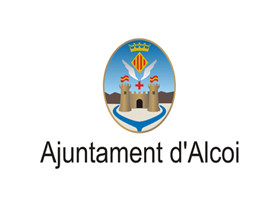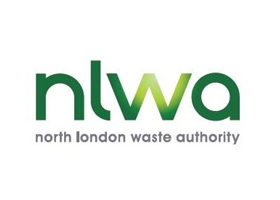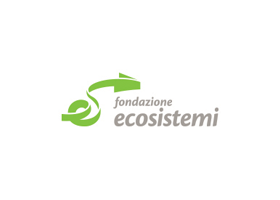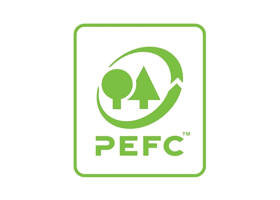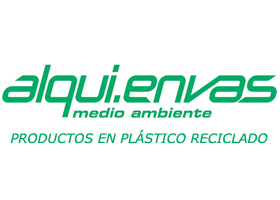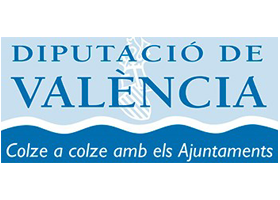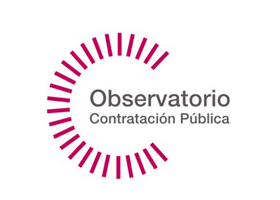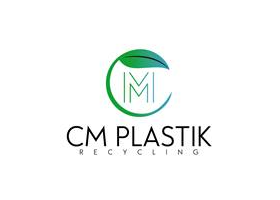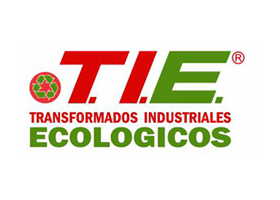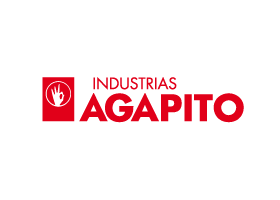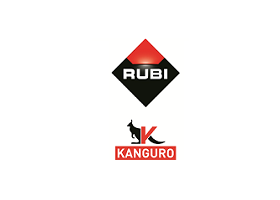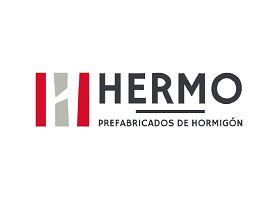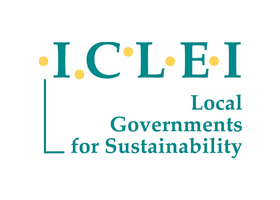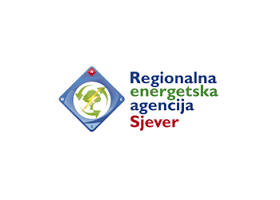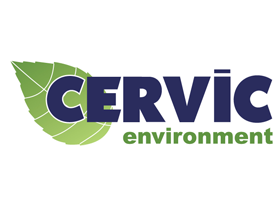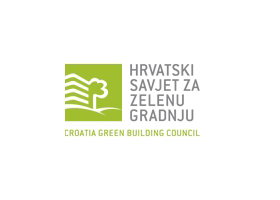In this section, you can access to the latest technical information related to the FUTURE project topic.
Airport amenities in one of the Delta terminals at its Minneapolis hub have improved tremendously with long bar tops and table seating equipped with iPads so you can ?Play, Eat, Drink? while waiting for your flight. (I was returning home after another great meeting of the Plastics Pioneers Association.) Two waste disposal bins sat at the end of one of the bar tops: One was blue and white, and was labeled ?mixed recycling? with an explanation that this bin was for everything recyclable including plastics. But it was the black bin next to it that caught my eye.
I sat on a stool near the black bin to get a better view, and that?s when I noticed it was a ?waste-to-energy? (WTE) bin. Everything thrown in that bin is taken to an incinerator about 40 miles north of Minneapolis. What a great idea! Finally, a city that is making WTE a viable option for providing energy and solving the waste crisis.
Yes, folks, it is a waste crisis?not just a plastics crisis! Look at any of the photos we see on the news: While the media are quick to point out the plastics, there are also glass bottles, metal cans and textiles from discarded clothing.
While taking photos of the WTE bin, a young woman sitting across from me asked me why I was taking a picture of a ?garbage can.? That was my opening to educate her about plastics and what can and can?t be recycled and why waste-to-energy is so important as a viable solution to the waste crisis, especially for plastic since its BTUs are equivalent to coal. She was amazed! She had no idea!
It?s time that other cities follow suit. We need to make waste disposal easier for people so that they can contribute more toward the effort. Paper? Recycling facilities are drowning in paper to the point that some do not take it any longer. Glass is also being eliminated from some recycling facilities. Metal is still a valuable recyclable material.
PET (#1) and HDPE (#2) are valuable, recyclable plastics and need to be captured to fill demand for recycled plastics as an additive to virgin materials. Bins for those two plastic types should be only for those two plastic types!
Give up on the whole ?biodegradable? plastics idea. It?s a waste of energy and money. Biodegradable plastics are non-recyclable. Those materials are made specifically to degrade in the open environment; some say they will degrade in a landfill, which I highly doubt. Oxo-biodegradable plastics have been proven to biodegrade in the open environment much faster and I?m convinced they have a place in certain countries.
Biodegradable plastics would be good fodder for a WTE plant, however. Ditto for compostable plastics: While advocates say these materials biodegrade over a period of 180 days, most composting facilities won?t take them because they actually take longer than that and the pieces of plastic left behind are much too large. People don?t want plastic bits in their composting soil.
So I say kudos to Minneapolis! We need more commercial incinerators and more WTE bins in public places to promote better waste control. Recycling facilities can easily sort out the PET and HDPE from mixed recycling bins from curbside collection, sending the rest to the incinerator to provide energy?something we all need and can use!

» Publication Date: 02/10/2019
» More Information
« Go to Technological Watch
